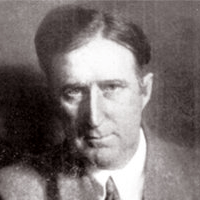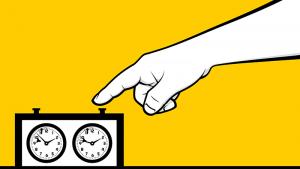
Modern Chess Technique
The hardest thing in chess, Frank J. Marshall warned us, is to win a won game. It is no surprise that technique - the ability to convert an advantage (of any kind) into a full point - is a coveted skill. As beginners, we are often told that solid technique frequently hinges on patience. Many situations indeed call for patience; before mounting the decisive invasion, we must frequently improve our position to the fullest extent, especially if our opponent has no counterplay. However, in keeping with the theme of my column, I would like to dispute the universality of this suggestion. Once again, patience is a pivotal skill, but winning positions come in all shapes and sizes. As such, you must be able to distinguish between positions that are time-sensitive and those that demand restraint. In this article, we will try to understand how grandmasters make the right decision.
We will start with an introductory example. Instead of beating around the bush for another 20 moves, White steels himself and simply goes for it.
To be sure, you could argue that the stakes were not very high - Gareev's position was hopeless from the outset, with no counterplay to speak of. It is more difficult to embark on a commital sequence when the risk-free option also promises good winning chances. However, you simply cannot expect to vanquish a strong, resilient opponent without a measure of risk. In the following game, GM Emanuel Berg shows us the importance of courage and decisiveness.
In my opinion, the moral of this game is that technique does not necessarily imply a cumbersome, Petrosian-esque process by which you squeeze the life out of your opponent move by move.

Remember - calculation and tactics are your friends. Even if you have outplayed your opponent in textbook positional fashion, you must often switch to concrete calculation in order to drive in the final nail.
56.Rd8 was not particularly difficult to assess, but I still did not make the move eagerly. Just as in life, it is hard to voluntarily give up something good, even if there is no viable alternative. I could have tortured Black forever, but to master the art of technique, you must above all have confidence in your own tactical abilities.
It would be remiss not to examine the technique of a grandmaster who was able to defeat the greatest chess player of all time. Fabiano Caruana has had Magnus Carlsen's number for a few years now, and in this game from the recent Vugar Gashimov Memorial, he truly defines modern chess technique.
Of course, it is usually more fun to read an article on combinations, but technique - especially in an age of resourceful defense and clever opponents - cannot be neglected. Do not be shy to post examples of your own technique (good or bad) in the comments below!
RELATED STUDY MATERIAL
- Check out GM Daniel Naroditsky's previous article: Tal's Sacrifices Explained;
- Watch the King take matters into his own hand in GM Dejan Bojkov's The Active King: Triumphal Walk Part 1;
- Learn to trade material for initiative in Chess Mentor;
- Sharpen your tactical edge in Tactics Trainer;
- Looking for articles with deeper analysis? Try our magazine: The Master's Bulletin.






